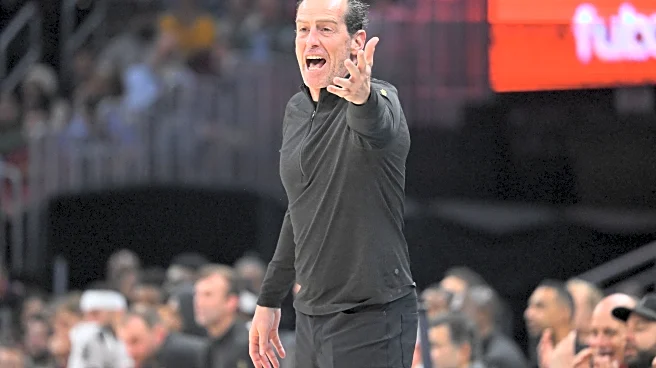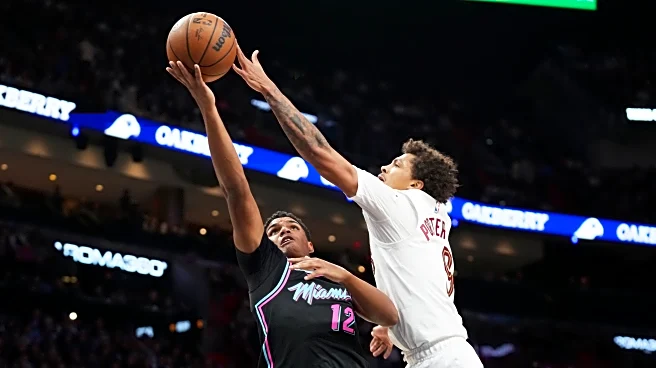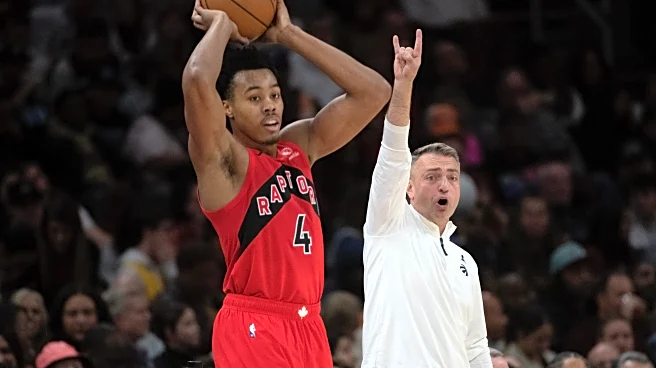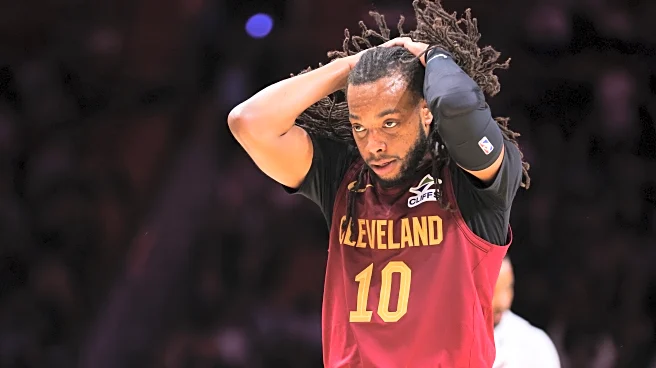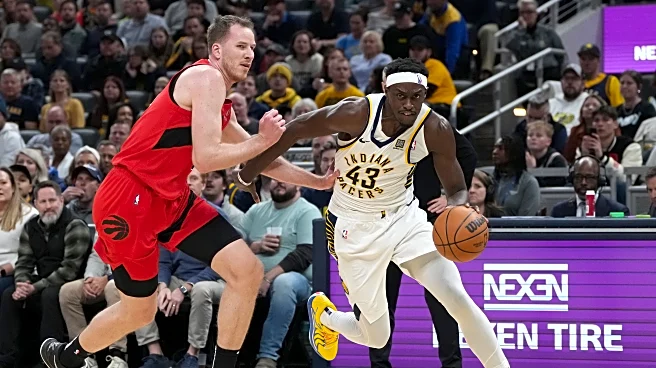The Cleveland Cavaliers’ inconsistent start to the season continued as they dropped Thursday’s contest against the Toronto Raptors 126-113.
Let’s take a look at the four factors from this game. These numbers
are from Cleaning the Glass.
Now, let’s dive into some of the stats.
- The Cavs missed 31 threes. Cleveland went 10-41 (24.4%) beyond the arc. Taking and missing a lot of threes has been a common trend. On the season, they’re second in three-point attempts per 100 possessions, but 20th in three-point percentage (34.8%). By contrast, they were third in attempts and second in three-point percentage (38.3%) last season. If you’re looking for a reason why the offense has been mediocre, that’s it.
- The Raptors converted 80% of their shots at the rim (86th percentile). This simply can’t happen when you also allow them to get to the rim with as high a frequency as the Cavs allowed (59th percentile). The corner three and shots at the rim are the highest efficiency shots on the floor. There’s conversations to be had about how much an opponent’s three-point percentage can be attributed to a defense. There isn’t about field goal percentage at the rim. This was just the sign of poor defense.
- Toronto hit 38.7% of their threes. You can’t let a team have their cake (get to the rim) and eat it too (attempt and make that many threes).
- The Raptors had a 116.5 offensive rating in the half-court (94th percentile). This is a team that does most of its damage in transition by forcing turnovers with its length. They didn’t necessarily do that on Thursday, but they were able to generate great offense due to Cleveland’s inability to provide good defense at the point of attack and their poor rotations.
- The Raptors ended the game with a 132.6 offensive rating (93rd percentile). This is the highest defensive rating the Cavs have registered so far this season. Their next closest outing was their 131.9 defensive rating in last month’s loss to the Boston Celtics. This was the Cavs’ worst defensive performance of the season.
- The Cavs had more shot attempts (91 to 88) and free-throw attempts (26 to 17) than the Raptors. That, however, didn’t matter due to how well Toronto shot from the floor and how poorly Cleveland did.
- Jarrett Allen scored just six points after scoring 30 the night before. The Cavs need someone who can provide rim pressure inside with Darius Garland’s injury. He did that against the Miami Heat and the Cavs’ offense soared. He didn’t on Thursday, and the offense plummeted. It’s reductive to blame it all on him. However, he was a contributing factor in why things went so poorly.
- Evan Mobley attempted fewer shots (seven) than Tyrese Proctor (eight) despite playing three times as many minutes. Mobley’s shot diet and offensive role don’t make sense right now. This is likely the most discouraging aspect of the Cavaliers’ overall lackluster performance. Afterward, head coach Kenny Atkinson admitted that his team didn’t “do a great job of getting him the ball.”
- Donovan Mitchell turned it over seven times. The Cavs as a team did a good job of limiting turnovers. Mitchell didn’t.
- Mitchell was able to generate 17 free-throw attempts, which was the same amount as Toronto as a team. Mitchell attacked the basket and took five of his 18 shots in the restricted area.
- Cleveland was beaten 28-6 in fastbreak points. It can be tricky to define what exactly constitutes a fastbreak point. Make of this what you will. That said, it’s never good to lose one category that demonstratively.
- The Cavs had 41 bench points. Even though this wasn’t a good showing from the Cavs, it was encouraging to see Nae’Qwan Tomlin (18 points) and Craig Porter Jr. (10 points) make meaningful contributions.
